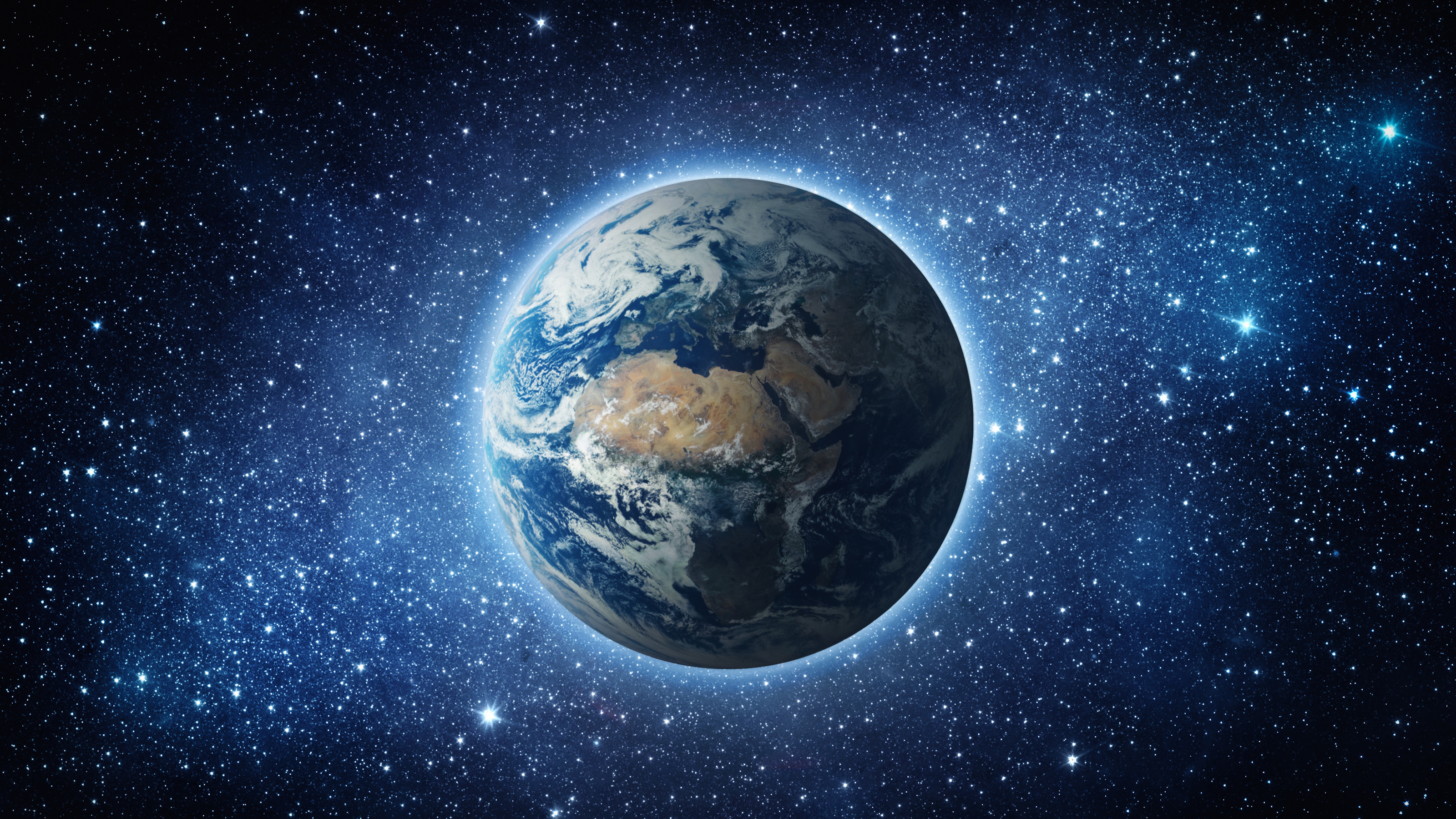What is life? This basic question defies science

- No one knows what life is. We are good at describing what life does, but not what it is.
- Is this descriptive approach to life enough? Or is there some basic principle missing from our current understanding of life?
- When compared with complex nonliving systems like fires or hurricanes, the puzzle deepens. The nature of life remains as fascinating as it is mysterious.
Life is one of those things that you know when you see it, but it is hard to pin down in words. You know a rock is not alive and an earthworm is. You see the earthworm moving, going somewhere, as if on a mission. And it is on a mission, as are most living creatures. Its number one mission, the central purpose of its life, is to remain alive — as is yours and of all living creatures.
When you think of it, this urge is even more powerful than the other essential activity of living creatures: to reproduce genetically. Living matter eats and makes copies of itself. Dead matter does not, at least not on purpose. This we know just by looking, even if some life forms look barely alive. (Think, for example, of an animal in deep hibernation, with barely enough metabolism to remain alive and no reproductive action.) To metabolize and to reproduce genetically are things that life does. That’s not where the mystery lies.
The mystery lies in the why, or to be more specific, on the strange transition from nonliving matter to living matter, which happened on this planet some 3.5 billion years ago. The challenge is to understand this transition — this imbuing of dead matter with the spark of life — through current scientific approaches. This is absolutely no descent into creationism, or into some sort of life force mysticism. It’s a bare bones scientific question that is really hard to even pose properly. But the best formulation is: “How did nonliving matter become living matter?” — all by itself, through physical and biochemical processes.
The hardest question in biology
Our language is permeated with terms that evoke the supernatural. Even what we call living creatures, “animals,” comes from the Latin word anima, which means “soul.” So, it is natural to think of living matter as matter with a soul, at least within the etymological context of the word “animal.” We can say, quite generally, that life is matter with intentionality. And that is what’s so hard for science to pin down. How do you include intentionality into a science designed to describe matter as the result of cause-and-effect relations between inanimate bits of stuff?
For a comparison, think of fires. To sustain themselves, fires spread and feed on their environment. They consume oxygen to keep on burning and are thus thermodynamically open systems, as are living creatures. Given the right conditions, fires multiply. But we know that fires are not alive. We wouldn’t consider the spreading of a fire as a form of reproduction. We wouldn’t call oxygen combustion a metabolic process.
Why? For starters, fires do not have a history. They do not have a gene storage mechanism to transmit their characteristics as they spread. They also don’t have survival strategies or repairing mechanisms. If a fire is burning down a ravine toward a creek, it will keep on burning until it stops by the water and eventually dies out. It doesn’t forage intentionally for more fuel or strategize in any way to keep on burning.
Now, consider hurricanes. Like fires, they are persistent, far-from-equilibrium complex systems (as are living creatures) that need the right environmental support to exist and to maintain themselves. They “move” and are tightly coupled to local humidity, pressure, and temperature conditions. If favorable atmospheric conditions hold, they maintain their basic shape. Jupiter’s Great Red Spot is a giant anticyclonic storm that has endured for at least 400 years. But as with fires, we would not equate these properties of hurricanes with being alive.
Life is inherently unpredictable
We are so imbued with life that we tend to see it everywhere. But one essential difference is that living systems have an unpredictable aspect during reproduction, a random variability that is absent in nonliving systems. For physical systems, if we repeat initial conditions to a very high precision, a fire would always burn the same way, a hurricane will spin the same way, and a star would evolve the same way, even if small details vary. It is as if nonliving systems have an information content that is nearly frozen (that is, a repeatable history from inception to end), while living systems have an information content that is fluid (that is, an unpredictable history from inception to end). Fires and hurricanes don’t evolve from ancestors.
Another essential difference is the passivity of nonliving dissipative structures when contrasted with the active behavior of living systems. Life strategizes to find nutrients even at the bacterial level (chemotaxis), sensing the best path forward through a yet unknown interplay of bottom-up and top-down causation. We use words like volition, urge, autonomy, and control to describe living systems, but we would not use such words to characterize fires, hurricanes, or stars.
Though we recognize these differences, the puzzle of how life emerges from nonlife remains as mysterious as ever. How does an agglomeration of inanimate matter, beyond an unknown level of biochemical complexity, become a living creature?





